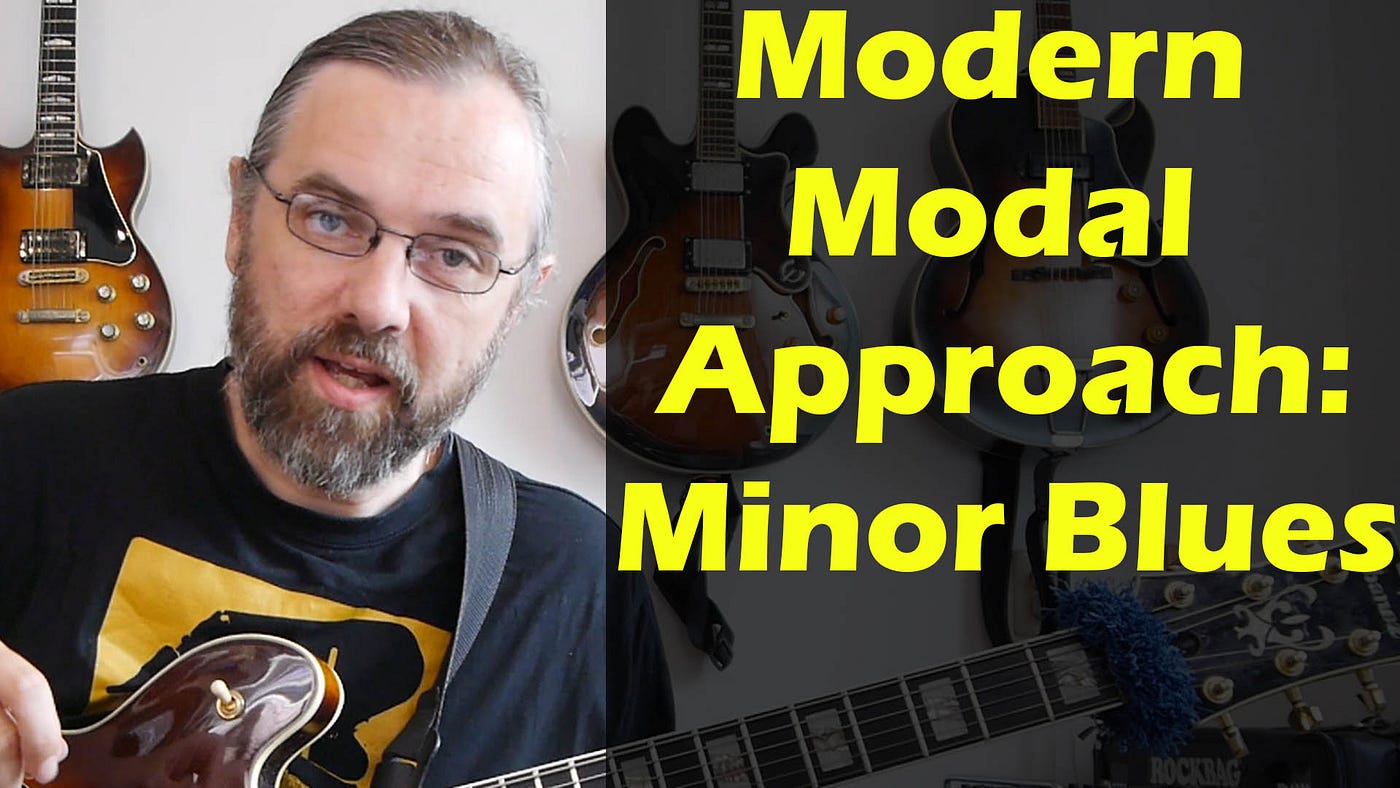The Of Jazz Guitar Books
Wiki Article
The Single Strategy To Use For Jazz Guitar Tab Books
Table of ContentsGet This Report about Jazz Guitar InstructionGet This Report about Jazz Guitar Tab BooksThe 30-Second Trick For Jazz Guitar Tab BooksLittle Known Questions About Jazz Guitar Instruction.Jazz Guitar Instruction Things To Know Before You Buy
In enhancement, it preserves some of the cozy, round tones that conventional jazz guitars are well-known for without compromising the sharper, more concentrated sounds of a solid-body guitar. A semi-hollow body guitar is much more versatile contrasted to a traditional jazz guitar.The audios are still very comparable, as well as jazz musicians like Larry Carlton and also John Scofield have traditionally preferred this guitar as their signature instrument (jazz guitar books). Gibson ES-335 1958 today The Gibson ES-335 is the guitar of tales and also is a flexible version that works very well for jazz in addition to various other styles of songs.
Because it soared onto the world stage in 1961, this guitar sets the looks of an electrical guitar with an entirely hollow body for a timeless, classic feel. With a light, well-articulated tone, the Casino site is a thinline archtop with an unique form and a rich history that goes back to the birth of an entire brand-new sound on the global phase.
Jazz Guitar Books Fundamentals Explained
Killer tone and also playability Wonderful neck Excellent pick-ups Not as much resale worth as a Gibson Solid Body Guitars A solid body guitar is made totally of a solitary wood block. The strings of the tool are stretched over the guitar's body, as well as there are no additional openings to allow for noise to echo or magnify - jazz guitar instruction.One of the major advantages of making use of a solid body guitar is the dimension. Solid body guitars are smaller than their hollow or semi-hollow counterparts, which can make a distinction to musicians who are bothered with carrying out with a tool that is also cumbersome or unmanageable on stage. A strong body guitar has less to no feedback concerns.
You can utilize them in other categories such as rock or steel, which is much less the situation with semi-hollow and absolutely hollow body guitars. Strong body guitars may not have the best sound for jazz artists. While there are some noteworthy exemptions to this regulation (Telecaster-type guitars), a whole lot of artists often tend to favor the typical cozy, rounded tones of hollow body guitars, and a solid body guitar just can not replicate that audio.
An Unbiased View of Jazz Guitar Instruction
Joe Pass played a Fender Jazzmaster (as well as a Fender Jaguar) when was trying to get rid of a medicine addiction in the Synanon Facility, possibly because that was the only guitar readily available at the. Given that its initial release, the Jazzmaster has actually gone through some moderate improvements, but across the board, the noise, design, and also tone of this guitar is quite the same as it was more than sixty years ago (jazz guitar tab).Jazz tool and associated having fun style Hollowbody electric guitars are fairly typical in jazz; the Gibson ES-175 is a timeless instance. It has actually remained in production continually because 1949. The term may describe either a kind of electrical guitar or to the selection of guitar playing designs used in the numerous styles which are typically labelled "jazz".
Developed in the very early 1930s, the electric guitar became a necessity as jazz artists sought to intensify their noise to be listened to over loud big bands. When guitarists in large bands only had guitars, all they could do was play chords; they could not play solos since the acoustic guitar is not a loud instrument.
jazz guitar instruction
Top Guidelines Of Jazz Guitar Instruction
The earliest guitars made use of in jazz were acoustic, later superseded by a common electric arrangement of 2 humbucking pickups. In the 1990s, there was a resurgence of rate of interest amongst jazz guitarists in acoustic archtop guitars with drifting pickups. The initial acoustic archtop guitars were designed to improve quantity: therefore they were built for usage with fairly hefty guitar strings.

The 6-Minute Rule for Jazz Guitar Tabs
Freddie Eco-friendly, guitar player in the Count Basie orchestra, was a noted exponent of this design. The consistencies are commonly very little; for example, the origin note is commonly left out on the assumption that it will be supplied by the bassist. Tiny team comping [edit] When jazz guitarists play chords underneath a track's melody or another musician's solo improvisations, it is called "comping", brief for "coming with".The denser chordal structures, in comparison, approach chord soloing (see listed below). A 3rd technique is to maintain a consistent, hectic bass-line, like a New Orleans pianist. Right here, no more than 2 or three notes are played at a time, and the full consistency is suggested by arpeggiation. Backers of this design usually come from a nation, folk or jazz background, such as Chet Atkins, although it is also sometimes utilized by straight-ahead jazz professionals, for instance Martin Taylor.
Report this wiki page